Grilling tips: the top BBQ dos and don'ts from the experts
Here are the expert grilling tips that you need to know, to help you get the very best results from your BBQ


You might think you're up to speed on basic grilling tips, but as outdoor living has come on in such leaps and bounds in the last couple of years, even BBQ veterans might find themselves running to catch up with the latest trends and cooking methods.
Then there will be those of us who have perhaps never ventured much past those basic entry-level BBQs or small disposable products, which provide very limited scope for dishes and an extremely short cooking window.
So whether you're new to the grilling game, or simply looking to step up your alfresco cooking to the next level, acquainting yourself with these expert grilling tips will help you get the best BBQ experience possible.
Fire up the BBQ in style with these 11 grilling tips
Learning how to get the best from your BBQ is not just about keeping up with the most extravagant BBQ area ideas, or splashing out on the most expensive kit. Following these grilling tips for the top BBQ dos and don'ts will help give you the tools you need to deliver the tastiest dishes with the least trouble.
1. Do set up cooking zones on your grill
'You can set up two cooking zones, indirect and direct,' explains Ross Bearman, Great Taste Judge and Founder of BBQ Gifting company, Ross and Ross Gifts. 'Direct is where you have the fire/hot charcoal directly underneath the grill grate. This is used for cooking at high temperatures such as searing steaks and caramelizing chicken etc.'
Indirect is where you have the grill grates away from the fire/hot charcoal. 'This is so you can cook at a slightly lower temperatures away from the fierce heat of your gas BBQ or charcoal grill,' says Ross. 'For example, if you were to reverse sear a steak (which is particularly good for thicker pieces of beef) you would start the cooking on the indirect side of the BBQ where it would slowly bring the meat up to temperature but taking on some lovely smoky flavors without any aggressive fire.'
'Once the meat has reached the correct temperature, you move it to the direct side over the fierce heat to build up a wonderful crust on the outside. It ensures that you can cook the meat evenly throughout then hit it with fire. Same as say jerk chicken – you can slowly smoke the meat first then finish on the hot direct side to crisp up the skin.'
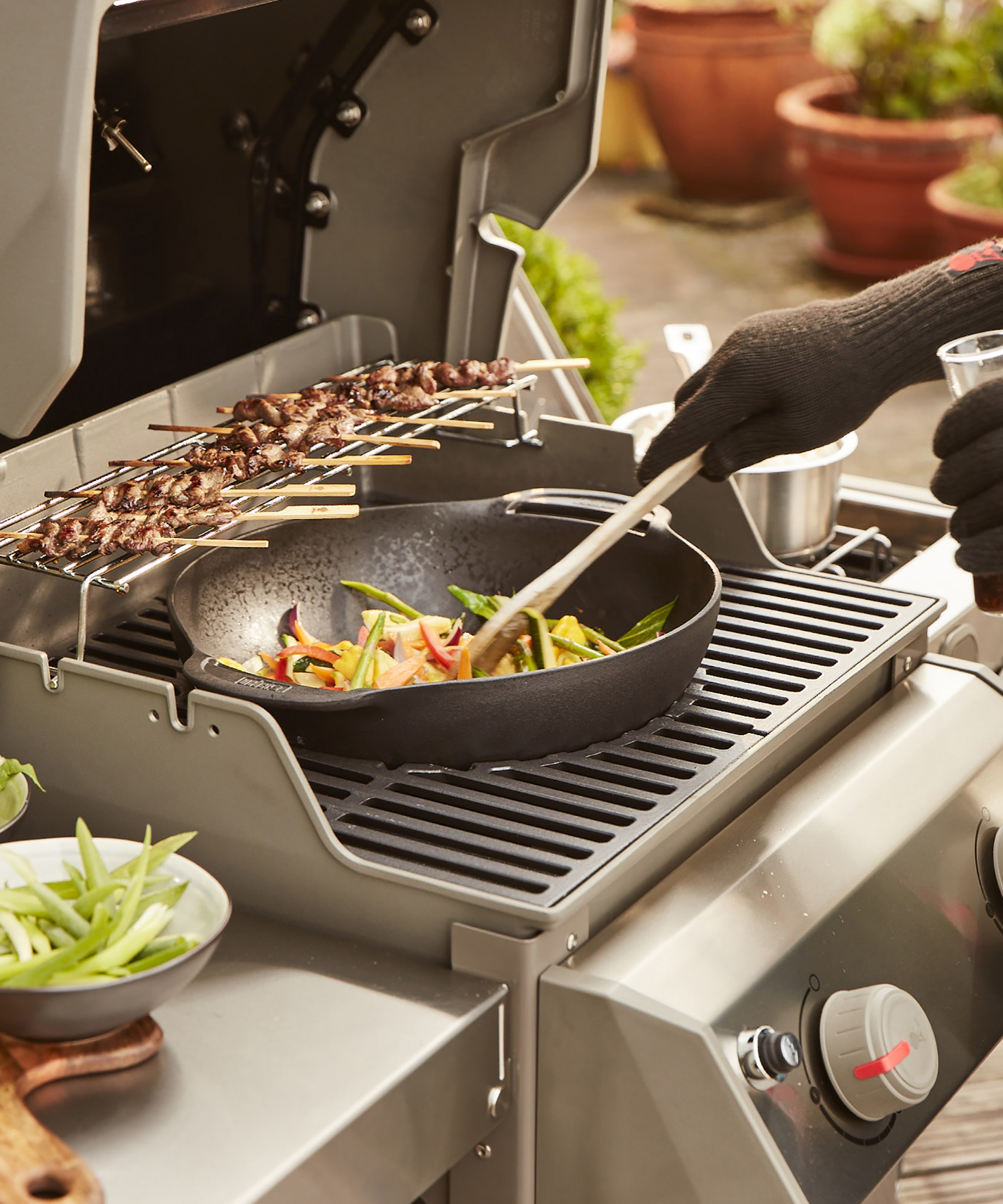
2. Don't forget your BBQ lid
Dan Cooper, Grill Master at Weber is adamant that you should always have a lid to hand for your outdoor grill ideas.
'Barbecuing with the lid down is a golden rule of grilling. This not only controls the temperature but also ensures that smoke circulates inside the grill and infuses into your food, to create that perfect barbecue flavor,' he explains.
'Additionally, keeping the lid shut means your food gets juicier and cooks faster, saving you time and fuel in the process.'

3. Do heat up your grill before cooking on it
There are several differences between gas vs charcoal grills, but one key factor is the need to pre-heat them before you cook on them.
'You should always preheat your barbecue to the desired cooking temperature as, if you don’t, you run the risk of overcooking your food by leaving it on the grill too long,' says Sam Wanstall, Grill Master at Traeger.
'Placing food on a cold grill will also never deliver perfect sear marks or smoky flavor. Additionally, you’re potentially creating more work for yourself since a cold barbecue can lead to food sticking to the grate, so there’ll be more to clean up.
'Preheating doesn’t take long and is definitely worth the wait. If you're using a gas grill, make sure to turn your grill on for at least 10–15 minutes before you start cooking to achieve the perfect feast.'
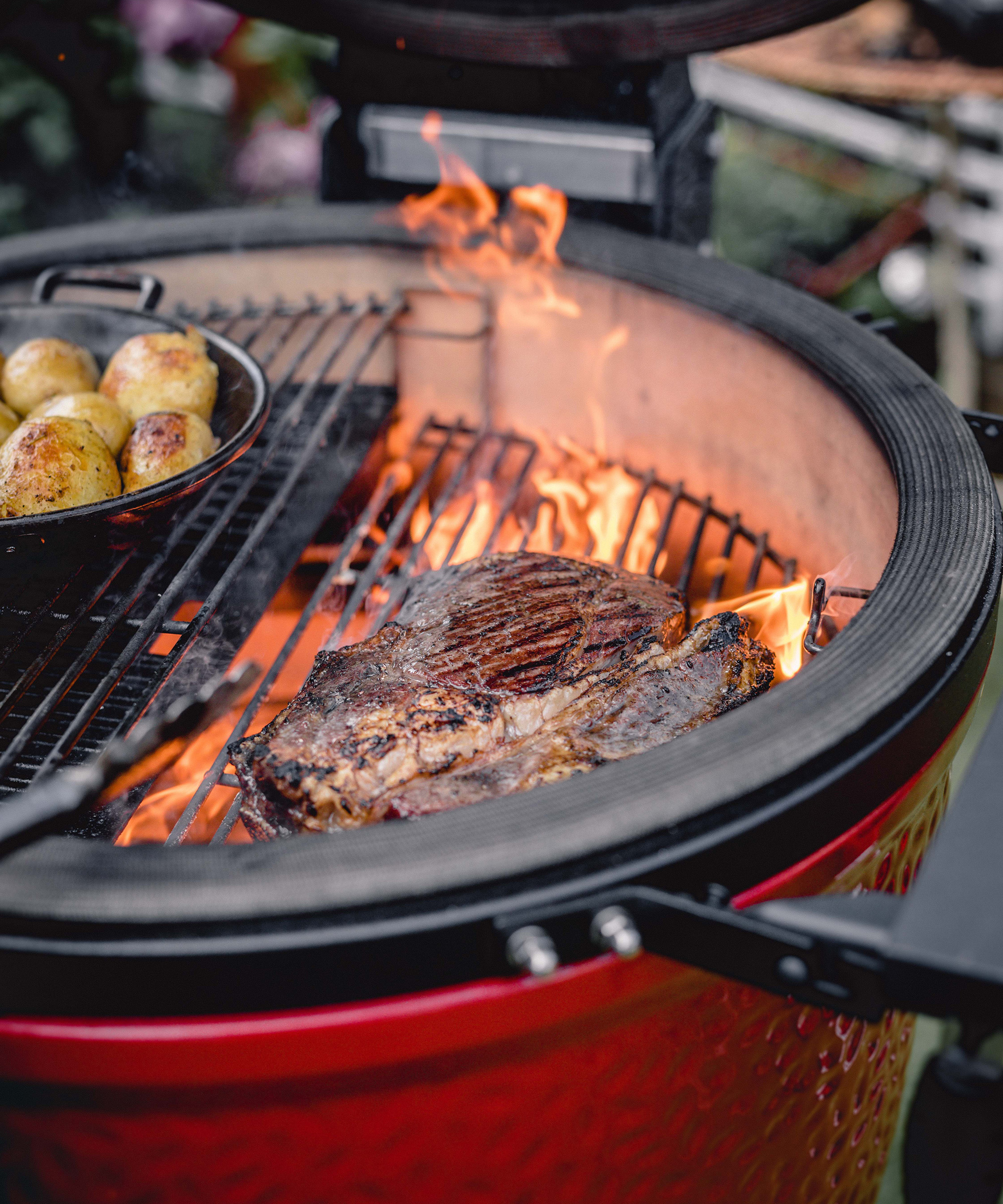
4. Don't use lighter fluid to light your grill
Lighting your coals with lighter fluid is a definite no-no, according to Dan Cooper. 'If you do light this way, it will give your otherwise delicious food a chemical aftertaste,' he says. 'Instead, always use lighting aids such as Weber’s lighter cubes to safely light your barbecue.'
For ultimate lighting ease, you can also combine these with a chimney starter from Amazon, a handy device for heating your coals.
'These types of products are designed to make it easier to get your barbecue to the correct cooking temperature. In addition to being the right way to light a barbecue, it’s also the safest and easiest way to achieve red-hot coals quickly,' says Dan.

5. Do cook low and slow
BBQ master, and Global Marketing Manager of multiple BBQ brands including Kamado Joe, Ben Forte’s top grilling tips include cooking at lower temperatures, for a longer time.
'This gives you amazing smoky flavor when you cook on a charcoal grill and helps keep your food from drying out. The biggest mistake is often getting the barbecue too hot. As soon as things get too hot it’s hard to cool them down and food will burn on the outside and not be cooked in the middle,' he says.
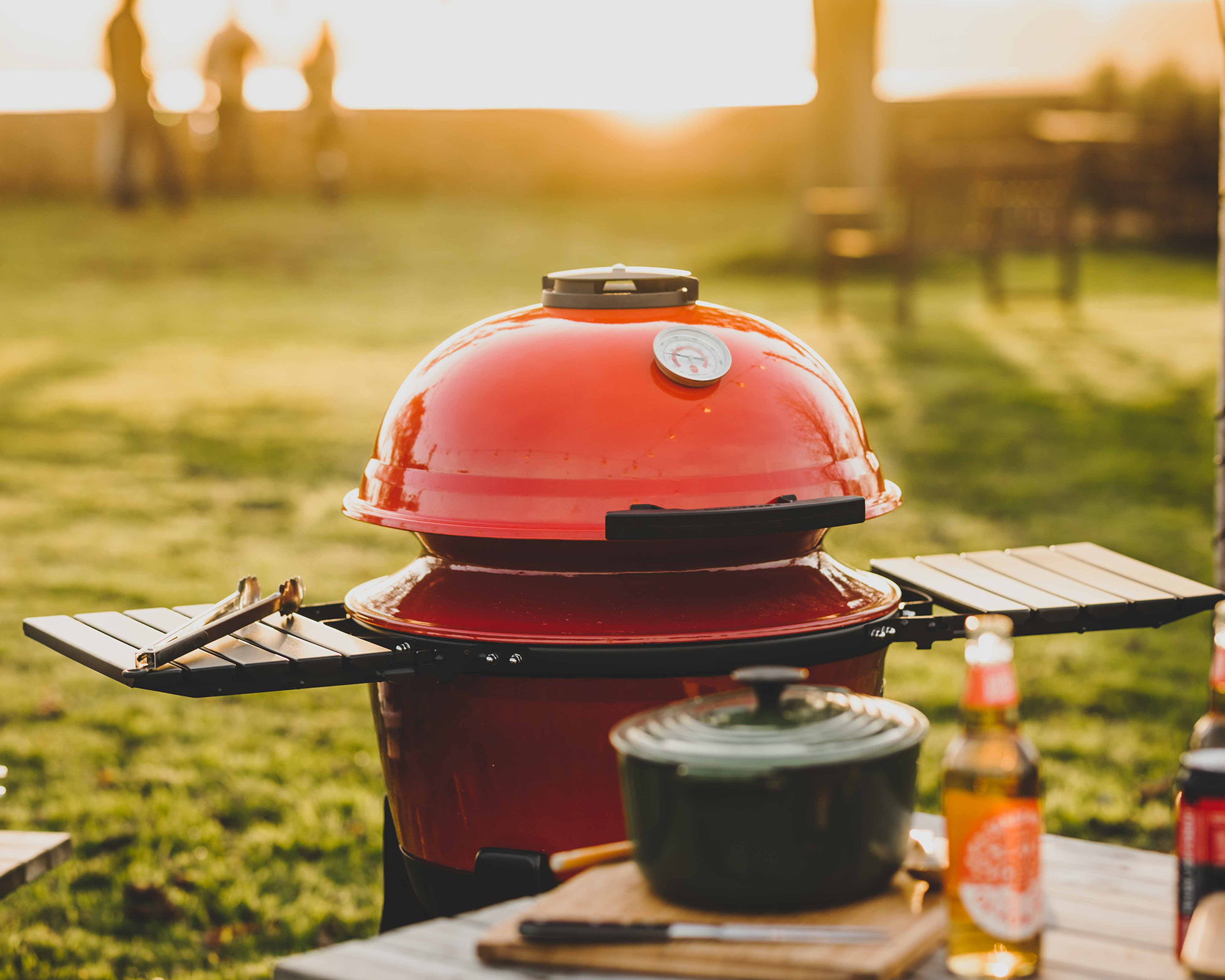
6. Don't forget to keep your grill clean
'You’ll be doing yourself a huge favor if you clean your barbecue after every use, rather than let it sit for a while,' says Chris Bonnett founder of Gardening Express
A feeling shared by Dan Cooper. 'If there are charred remains still lingering from your last barbecue, this can often give unwanted flavors to your food,' he warns. 'So you should always make sure you keep your barbecue clean. It will also keep your grill in great condition as well as extend its life span. In addition, regular cleaning helps you barbecue as safely as possible.'
Declan Kingsley-Walsh, MD at Morsø UK advises: 'Once the grill has cooled down, you should always wash the grill plate and grate in a mild soap and warm water solution after each use. This also applies to the drip tray is it gathers fat and grease from cooking foods like meats. As long as you learn how to clean a BBQ and keep it in good order, you’ll have delicious meals outdoors for years to come.'
Our tips on how to remove rust from grills and BBQs will come in handy if your grill needs to deeper clean too.

7. Do place your grill away from your house
Whilst the location of your grill is entirely your own choice, Vicky Naylor, General Manager at ACR Stoves, advises that your outdoor oven is no closer than 10 feet from the entrance to your home if possible.
Vicky also suggests that wherever you set up it's also important that there is ample ventilation on your BBQ deck or within your BBQ shelter, and it's away from flammable structures such as fences. And from a practical point of view: 'Preparation, cooking, and dining should all happen within the same reasonable space to remain comfortable,' she says.
'It is advisable to avoid locating your outdoor oven under structures such as a gazebo to ensure the smoke can easily disperse. We would always recommend that you keep your oven covered when not in use to protect it from the weather too,' says Vicky.
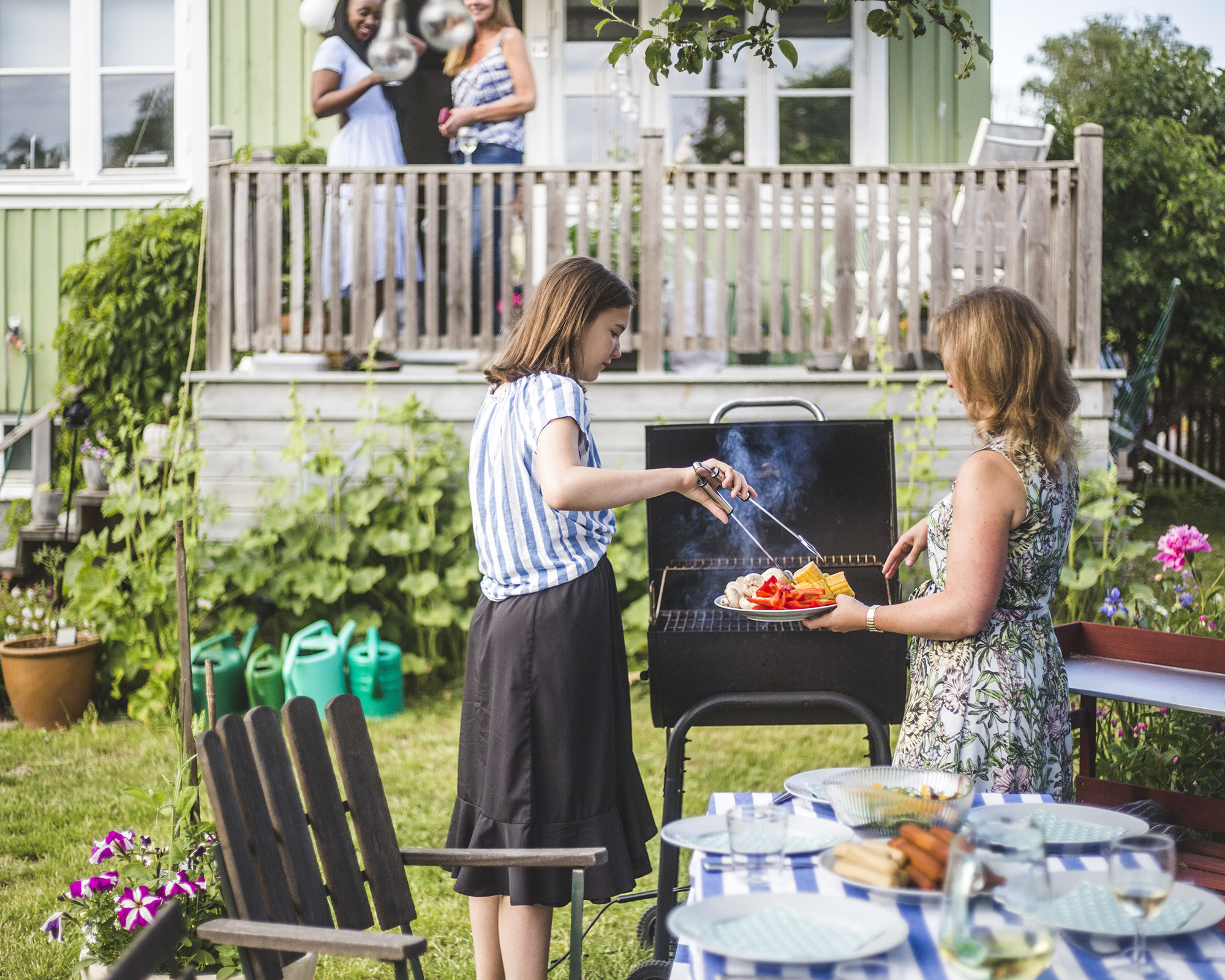
8. Don't choose the wrong grill for you
Part of ensuring you will get the best out of your grill is by choosing one that caters to your lifestyle. 'It doesn’t matter if you’re an enthusiast or professional, investing in a high-quality grill can make all the difference, says Martin Sobey, National Sales Manager UK for Napoleon Grills.
'Whether it’s gas, charcoal, electric or even a customized built in BBQ, it must work for your style of cooking, social habits, and outdoor space. Having a barbecue with extra features like an infrared sizzle zone can save you space on the grill when you are feeding a crowd.'
Knowing what’s best for you is key to ensuring the quality of your cooking, saving time and money in the long run.

9. Do invest in a food thermometer
When it's the best time to buy a grill, you might want to consider putting a thermometer in your shopping basket too. You'll hear many BBQ enthusiasts who will say that they swear by a thermometer for perfect grilling. Which is a view that's shared by the professionals. 'It gives you the confidence to know the food you are serving is cooked to perfection,' says Ben Forte.
Dan Cooper says: 'Rather than cooking for a specific amount of time or cutting into your meat to check that it's done, use a meat thermometer. It’s the most accurate way to tell if your food is cooked so you can serve perfectly barbecued food every time.'
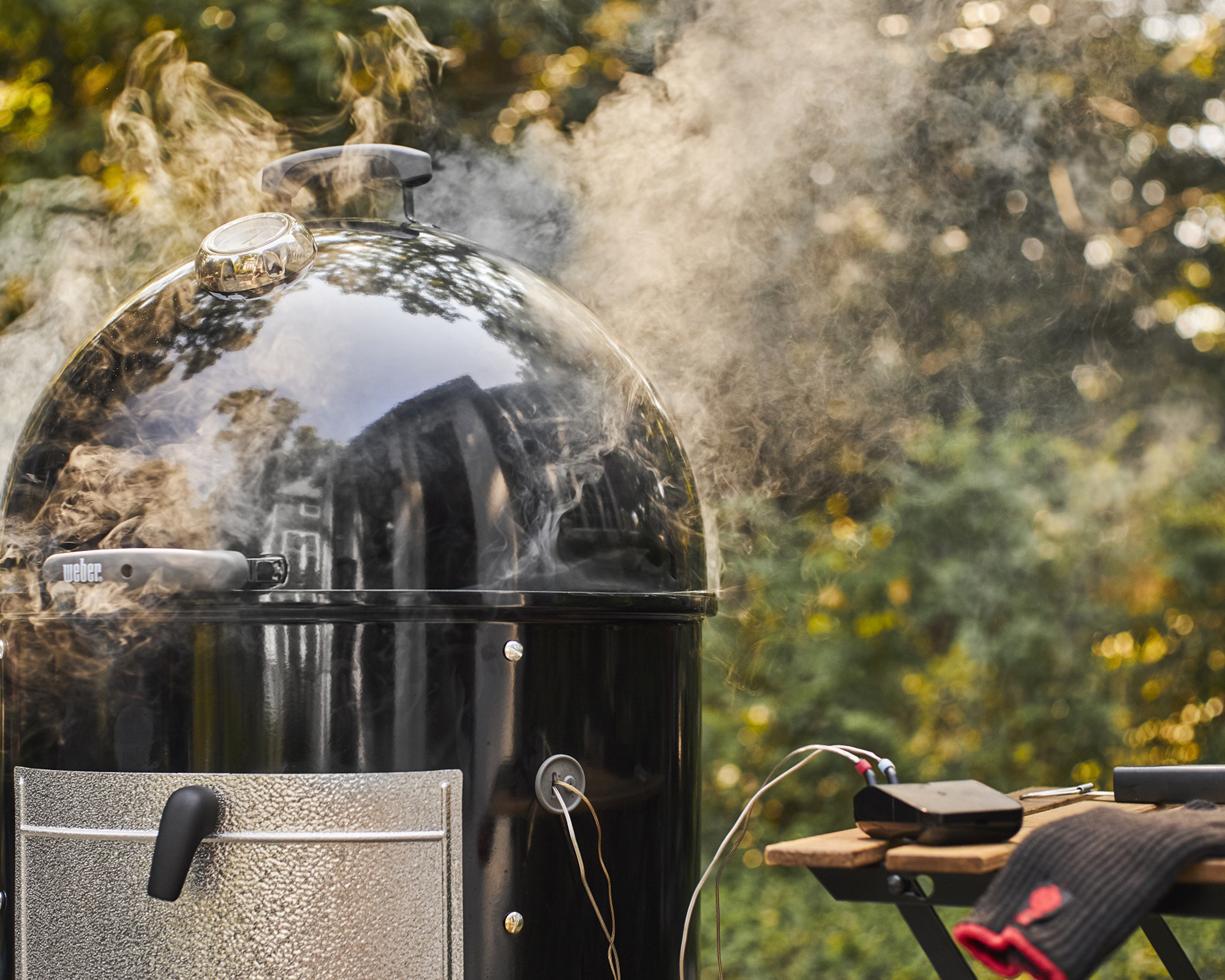
10. Don't forget about veggies and vegans
'While meat might be the first thought of many when it comes to planning the perfect grilling menus, it’s important to remember that barbecuing can bring out the best in vegetables too,' says Sam Wanstall.
'For more tender vegetables, the hot and fast approach gives you beautiful caramelization and grill marks, while keeping them firm and fresh. Traeger recommends always using a little bit of fat (olive oil, avocado oil, butter) to encourage caramelization - about 1tbsp for every pound of veg is a great rule of thumb.'
Sam likes to keep seasonings simple to let the natural flavor of the veggies you're roasting really shine.
One of Ben Forte's top grilling tips for vegetarians and vegans is to cook butternut squash (even better if it's home grown) direct in the coal. 'Put the whole thing in the fire and cook for around an hour, the skin will burn but it protects the flesh inside and gives it an amazing smoky earthy flavor,' says Ben.

11. Do choose a tabletop grill for sociable cooking
Tabletop options are particularly useful for those who love the taste and social aspect of a BBQ, but don’t necessarily have the space or time to maintain a full-sized grill.
'Ideal for smaller families or cuisine loving couples, a tabletop grill is the functional yet stylish solution to create a delicious dish, without overpowering your existing garden,' says Joel Garthwaite, Chief Marketing Officer at Harbour Lifestyle.
'Tabletop grills are small but mighty – despite their miniature appearance, they are still able to deliver huge flavor.'
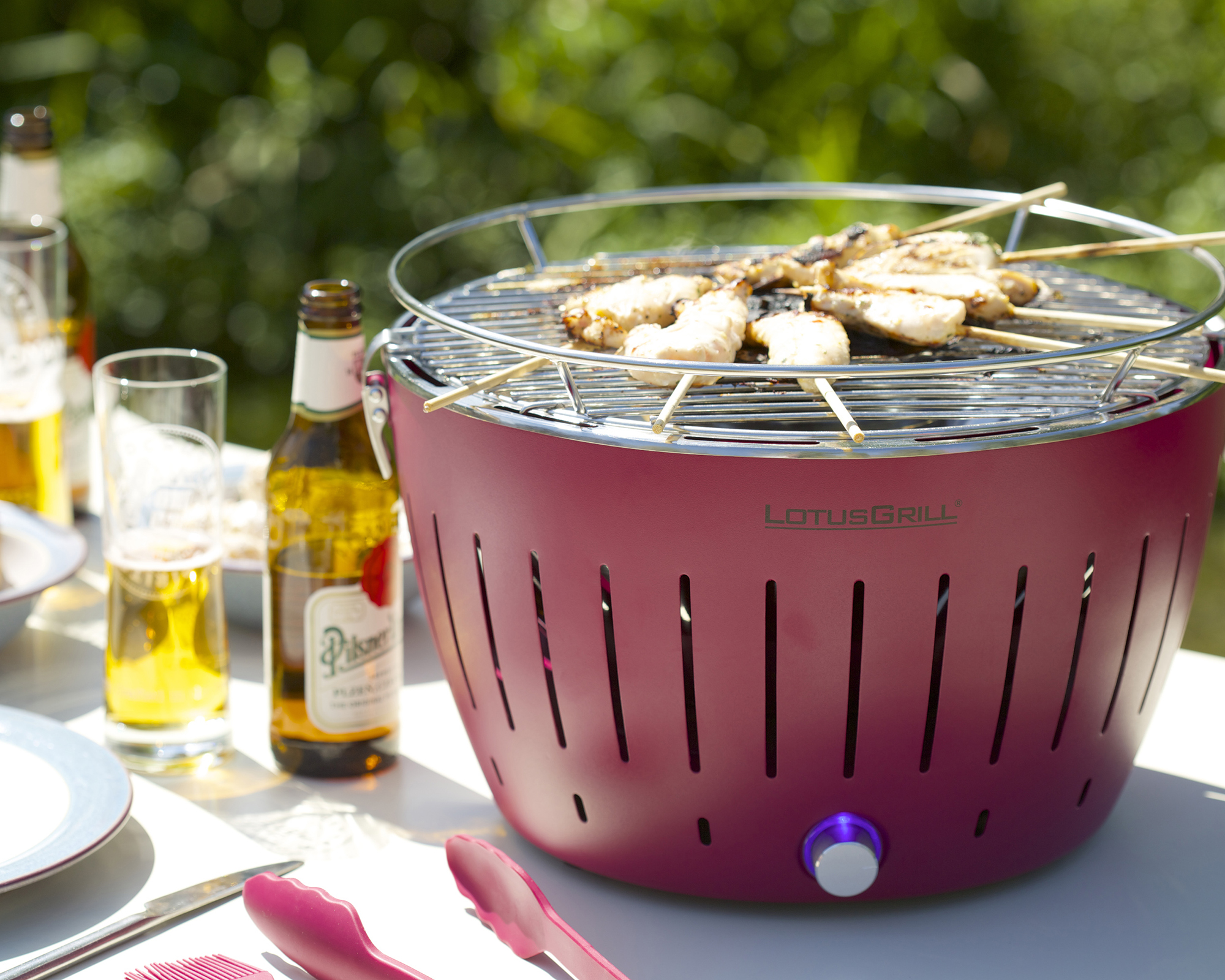
What are the different grilling techniques?
Did you know there are different barbecue techniques for your BBQ recipes? Learning these methods, from Dan Cooper from Weber, and when to apply them, can take you from apprentice to barbecue master.
- The direct cooking method: this places food directly over the heat. It’s ideal for dishes that take less than 15 minutes to cook, or that need a nice sear, such as steaks and burgers.
- The indirect cooking method: this does not place food directly over the heat. The food cooks ‘indirectly’ through the heat circulating inside the barbecue. It’s great for foods that take longer than 30 minutes to cook, such as a roast.
- The 50/50 cooking method: which uses a combination of direct and indirect cooking. This method can be used for food that takes between 15-30 minutes, such as thicker cuts of steak and sausages.

Teresa has worked as an Editor on a number of gardening magazines for three years now. So she is lucky enough to see and write about gardening across all sizes, budgets and abilities. She recently moved into her first home and the garden is a real project! Currently she is relishing planning her own design and planting schemes. What she is most passionate about when it comes to gardening are the positive effects it has on our mental health to grow and care for plants, as well as being great for the environment too and help provide food and shelter for wildlife.
